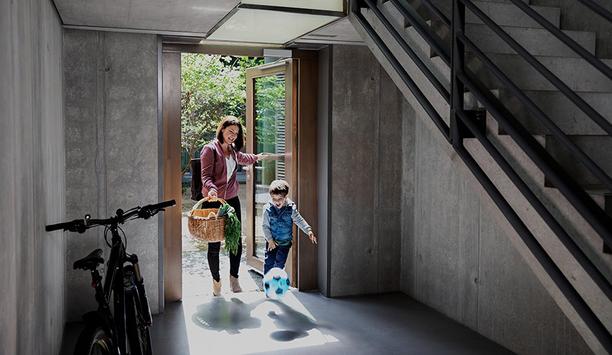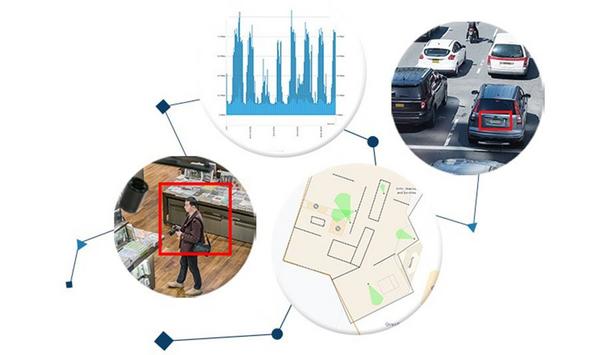Sigma Designs, a provider of intelligent system-on-chip (SoC) solutions for connected smart TV platforms and smart home IoT, announces that Japan’s largest telco corporation, KDDI, uses Z-Wave as the wireless mesh technology powering their smart home solution, au HOME, designed specifically for network operators.
Au HOME with Z-Wave
KDDI is growing its lifestyle brand for consumers with the expansion of the popular au mobile service beyond communications into home services aimed to capture a piece of the growing smart home market and extend it in Japan. The fully integrated, plug-and-play smart home service, au HOME, will leverage Z-Wave for a broad array of sensors, outlets, locks, and other connected devices essential for the delivery of optimal home security, automation, and smart metering services. Au HOME with Z-Wave will allow au smartphone users with the service to easily monitor their home on-the-go and control home temperatures, lock doors and windows, control lighting, and measure power consumption.
"We are excited to be working with KDDI to bring Z-Wave technology to Japan," said Raoul Wijgergangs, VP of Sigma Designs' Z-Wave Business Unit. "Capitalising on the smart home market requires thoughtful solutions that address the real challenges faced by both service providers and end consumers. KDDI's system will allow them to easily introduce new smart home technology and allow consumers to expand their smart home functionality without fear of incompatibility. As the market leader and most secure and interoperable smart home protocol, Z-Wave is perfect for powering KDDI's innovative new service."
Z-Wave Smart Home
Z-Wave smart home deployments have been at the forefront of new telco initiatives in the U.S. and Europe for many years. The market in Asia is now rapidly closing the gap with all three major providers in Republic of Korea, SK, KT and LGU+, offering programs capped off with this announcement by industry giant, KDDI in Japan.
The au HOME smart home solution with Z-Wave will be available for consumers in Japan at the end of July 2017.







